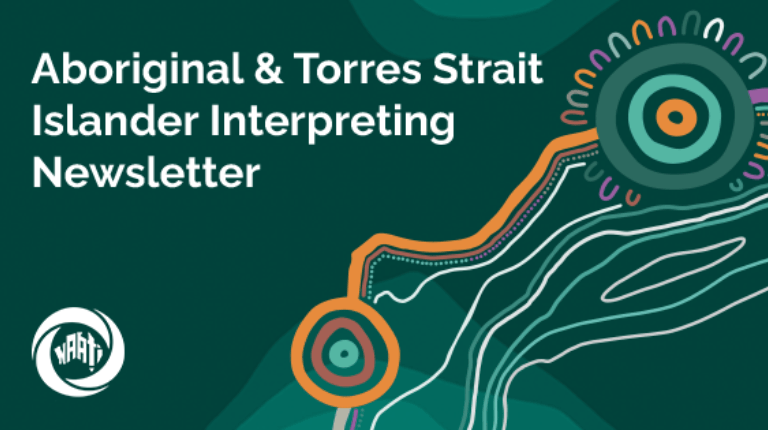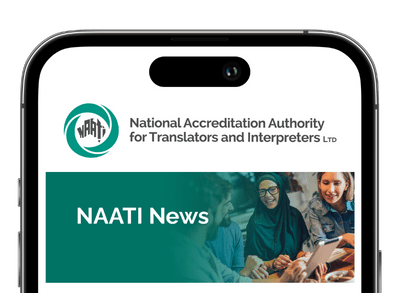About the IIP
In the 2021 Census, 76,978 Aboriginal and Torres Strait Islander Australians reported speaking one of 150 different Indigenous languages at home. This is 9.5% of the Aboriginal and Torres Strait Islander population in Australia.
Indigenous language interpreters in Australia play a vital role in ensuring Aboriginal and Torres Strait Islander people can participate equitably in Australian society.
NAATI-certified Indigenous language interpreters are highly skilled professionals that have demonstrated they have the skills needed to practice as an interpreter in Australia.
Since 2012, NAATI has been working with Australian governments and Indigenous organisations to develop the Indigenous interpreting industry so it can meet the need that exists for highly skilled Indigenous language interpreters. The objectives of the project are to:
- Increase the number of certified Indigenous interpreters and examiners.
- Increase the range of Indigenous languages for which there are certified Indigenous interpreters.
- Increase the accessibility of interpreting resources for Indigenous interpreters and organisations.
Developing and maintaining a pool of NAATI-certified Indigenous language interpreters improves the quality and accessibility of interpreting services when they are required. This results in improved communication and engagement, better service delivery and ultimately, Aboriginal and Torres Strait Islander rights being upheld.
The National Indigenous Languages Interpreting Advisory Committee, also known as the NILIAC, was established in 2016 to provide advice to NAATI on issues relating to the Indigenous interpreting sector.
Current Practitioners
There are currently 104 NAATI-certified interpreters and translators practising in 30 Aboriginal and Torres Strait Islander languages across Australia.
- Northern Territory: Aboriginal Interpreter Service, NT
- Western Australia: Aboriginal Interpreting Western Australia
- South Australia: Aboriginal Language Interpreting Service (ALIS)
- Queensland: 2M Language Services
- Other states: Contact NAATI and we will support you to connect to an interpreter
If you are seeking the services of an Indigenous language interpreter, please contact the relevant organisation.

Preparation Training, PD & Resources
View the Aboriginal and Torres Strait Islander Languages preparation training calendar as well as PD opportunities and resources below.

Aboriginal & Torres Strait Islander Interpreting Newsletter
In 2021 NAATI launched its quarterly publication, the Aboriginal & Torres Strait Islander Interpreting Newsletter.
Find all published editions below:
- Edition 4 – December 2024
- Edition 3 – October 2024
- Edition 2 – June 2024
- Edition 1 – April 2024
- Edition 4 – December 2023
- Edition 3 – September 2023
- Edition 2 – July 2023
- Edition 1 – March 2023
- Edition 1 – January 2022
- Edition 2 – April 2022
- Edition 3 – July 2022
- Edition 4 – September 2022
- EOY wrap up – December 2022
- Edition 1 – January 2021
- Edition 2 – April 2021
- Edition 3 – July 2021
- Edition 4 – October 2021

